How iPhone 5c helps Apple move toward larger new iPhones in the future
Apple started 2014 with a diverse lineup of iPods and iPads in multiple sizes, but the company still only makes one form factor of iPhone. Here's how the company's iPhone 5c experiment has helped it to develop the operational sophistication needed to produce multiple sizes of iPhone.
From one $400 iPod model in 2001 and one $500 iPad model in 2010, Apple has incrementally expanded its offerings to create a range of iPods from the $50 iPod shuffle to the $400 64GB iPod touch, and a range of iPads from $300 entry level iPad mini to the most expensive $929 128GB 4G iPad Air.
In iPhones, however, Apple continues to sell one basic model that starts and ends at essentially the same prices that the iPhone debuted at. For the last several years, Apple has sold one new iPhone and two previous years' models each year. This stands in marked contrast to other handset manufacturers that have long offered everything from very cheap to very expensive phones, very large to very small phones, all in a very diverse array of wildly different form factors and colors.
iPhone 5c: "For the colorful"
Last fall, Apple introduced a slight tweak to its product lineup by differentiating its "last year's" model as "for the colorful," with a new design and minor enhancements. This appeared to be an experiment in handling multiple product lines, and a progression of the 2012 strategy that launched multiple colors of the company's iPod touch. As the world's largest volume manufacturer of premium smartphones, the introduction of multiple iPhone 5c colors was a significant new challenge for Apple.
While Apple sold around 26 million iPods in 2013, only about half were iPod touch models. That means Fiscal 2013's iPod touch color experiment involved operational management of around 13 million devices.
In contrast, Apple sold over 150 million iPhones that year, which helps explain why the company took a slow and cautious step toward releasing just three color finishes of its high end iPhone 5s while focusing its broader color experiment on the refreshed, cheaper iPhone 5c, which it knew (or at least certainly had to have hoped) would make up a minority of its total iPhone sales for Fiscal 2014 (which at the end of March is now half over).
Rather than being a flop and grave mistake as Apple's critics have sought to insist, iPhone 5c was an iterative learning experiment that helped Apple perfect its operational management and large scale production of multiple iPhone models on a global scale. While iPhone 5c's multiple models were differentiated by color, the lessons Apple learned apply to any sort of product variation, including the parallel production of multiple sizes of new iPhones.
The phone industry's exceptional underdog
While Apple quickly took over the high end of phones, it's useful to keep in mind that the company has only been in the phone business for 7 years. It has never sold a large percentage of all the world's phones or even all the world's smartphones, particularly when the definition of smartphone is expanded to include hundreds of millions of extremely low end devices with outdated specs, poor performance and reflect the simple user behaviors of basic phones the industry used to call "feature phones."
After releasing iPhone 4 in June 2010, the company struggled to perfect the production of its planned white version until April 2011. That highlights the complexity of the product development and operational challenges involved in managing the production of devices on the scale of iPhone.
Within 2010, while it worked to develop a white iPhone 4, Apple's iPhone sales hit 47 million, or less than a third the number Apple currently produces. The jump from April 2011's white iPhone 4 to multiple colors of iPod touch in late 2012, and then multiple colors of iPhone 5c a year later show a rapid ramp, not just in technical competency but in managing complexity while volume production quickly escalated in parallel, from a few million white devices to tens of millions of iPhones in a range of colors.
That operational sophistication relates to more than just mass producing precision devices in multiple colors; it also applies to other variations, including the iPhone's first major departure from a "one size fits all" product lineup. In order to build multiple sizes of iPhones, Apple needed to rapidly develop the same sort of expertise that much larger, more experienced phone makers like Nokia, Samsung and Motorola had gained from building broad ranges of products for many years.
Apple becoming the new Nokia
In 2006, Nokia had over 65,000 employees and Motorola employed over 66,000 people. Not all of those were working on phones, but compared to Apple's 20,000 employees (including temp workers and contractors), Apple was clearly a far smaller company. On top of that, a significant number of Apple's employees worked in hundreds of retail stores, something neither Nokia nor Motorola had.
Today, Apple has over 80,000 employees, of which more than 26,000 work in U.S. retail alone. So despite incredible growth, Apple currently continues to be about the same size as Nokia and Motorola were before the iPhone appeared.
The big difference is that Apple is earning far greater profits than Nokia or Motorola ever did, because it isn't using its similar number of employees to design, test, market and sell a vast portfolio of products at increasingly razor thin margins, the way that Samsung currently is.
Samsung's status quo is a strategy that quickly drove Nokia and Motorola from leading, profitable mobile firms to today's "discontinued operations" that are now being sold off as scrap after posting quarter after quarter of massive, million dollar losses.
Apple is selling affordable luxury. In phones, Apple is exclusively selling premium models at prices above $400, far higher than the average selling price of Nokia, Motorola, Samsung or anyone else in the industry.
Going forward, Apple is not only tasked with adopting more of the product diversity of other phone handset makers, but must also maintain its current profitability to avoid suffering the business implosion, financial losses and employee layoffs that Nokia and Motorola have both suffered. It's not surprising why Apple refuses to follow the hindsight-driven guidance of today's financial analysts to dictate its business decisions.
How easy will it be for Apple to muscle its way into the larger screen phone market pioneered by Motorola and Samsung? While we have to wait for Apple's new products to launch and then wait a bit longer for the sales numbers, there is already convincing evidence that should leave Android makers very concerned. The next segment will look at what's involved in the trend toward new sizes of phones, and how the groundwork laid by iPhone 5c in moving Apple into more direct competition with its phone industry competitors has historical precedence.
 Daniel Eran Dilger
Daniel Eran Dilger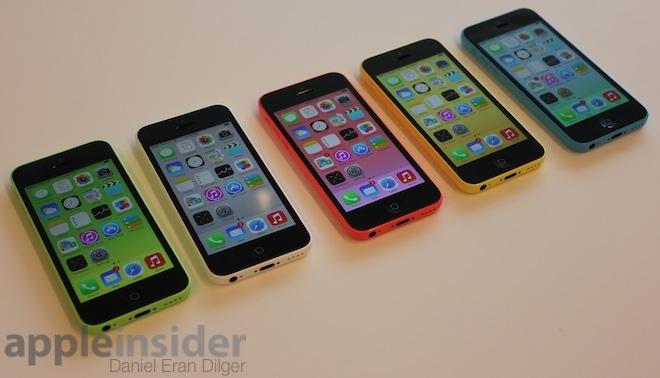
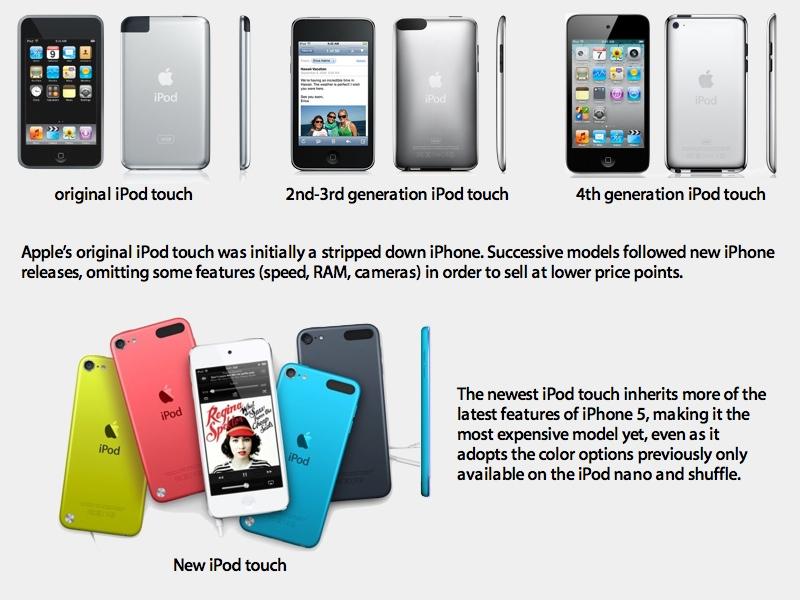














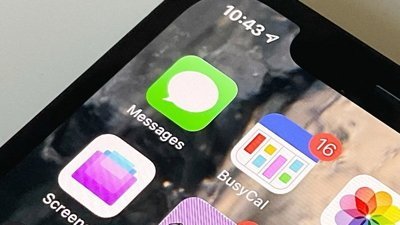
 Andrew Orr
Andrew Orr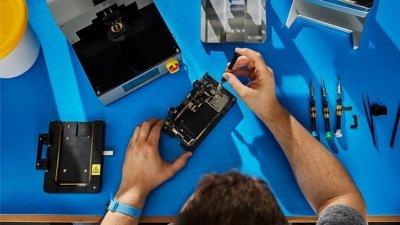
 Marko Zivkovic
Marko Zivkovic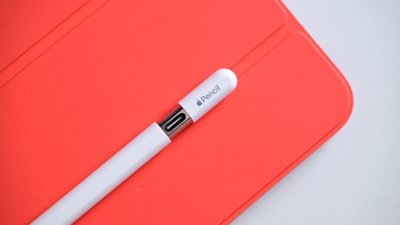
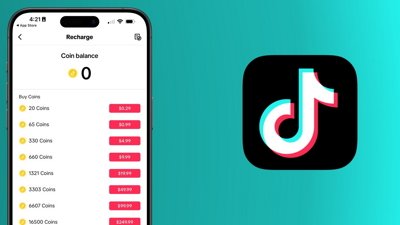
 Wesley Hilliard
Wesley Hilliard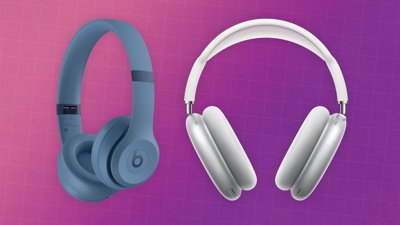
 Malcolm Owen
Malcolm Owen
 Amber Neely
Amber Neely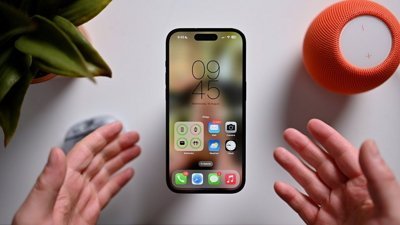
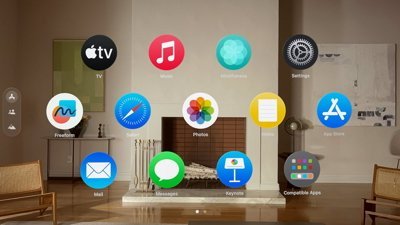
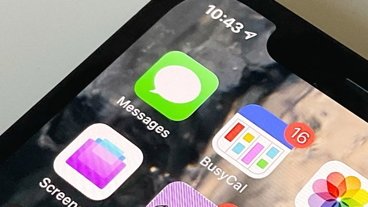
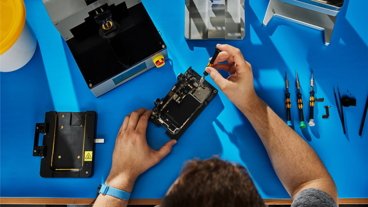





98 Comments
Mark Papermaster! Poor guy! Where is he now?
Did they really pioneer? Their performance lags in every way! As Tim said he was waiting to get the technology to be ready to make bigger phones. Now apple has 64 bit. Faster processors, screen area is more and hence sapphire glass. This is how you perfect anything. These companies pioneered shit. They are selling low quality goods by applying third grade make up.
I dont agree. Apple should not have made 5C phone at all. Its not best work. And it did not lay any good road for apple to master its operations to maintain many models as you said. // My opinion.
[quote name="Chandra69" url="/t/179009/how-iphone-5c-helped-apple-move-toward-larger-new-iphones-in-the-future#post_2525693"] Did they really pioneer? Their performance lags in every way! As Tim said he was waiting to get the technology to be ready to make bigger phones. Now apple has 64 bit. Faster processors, screen area is more and hence sapphire glass. This is how you perfect anything. These companies pioneered shit. They are selling low quality goods by applying third grade make up. [/quote] Yes they did, and it seems like Apple is following their lead. It's no secret that many people want a larger iPhone. Do you think that they'd want one if the competition hadn't introduced it?
Apple achieves tremendous "economies of scale" by using essentially the same high-quality aluminum casing for both the iPhone 5 and 5S for at least a four-year run, keeping retooling costs to a minimum. If you watch the company's video you can see that the casing is expensively machined much like a MacBook Pro or a Leica camera. Also the casings for the 5C is the highest quality "unapologetic" plastic of highest durability, fit and finish. So when many pundits arbitrarily call for the rush to different screen sizes, Apple always carefully orchestrates the best timing of its product rollouts to match its relative demand and supply balance, while keeping an eye on optimizing production-run capabilities and feasibilities. (The stock balancing of the 5C with all the color, carrier, and memory capacity iterations must be maddening on a world-wide basis.) I'm convinced more than ever that Tim Cook knows what he is doing to masterfully manage this complicated outsourcing of production and product delivery while keeping staff lean and mean. (Reports say that Apple is selling 80% of the phones over $500 in China and that that market at China Mobile is surpassingly 27% of total sales! I can't wait to see the robust demand for the iPhone 6, especially as China Mobile is fervently expanding its 4-G network. Also Angela Ahrendts will be on a mission to expand the Chinese Apple retail stores from 13 at present to perhaps 70, as Burberry has in China at the moment. Most Americans don't realize that Apple's business in the US now constitutes only 30% of its overall business. What a long runway ahead in the smart phone universe!)
Umm... I'd argue that Apple pioneered the large screen phone market. When the iPhone debuted back in 2007, its 3.5" display was considered large. Most smartphones back then had screens the same size as the iPod.
Larger screens came into play when they all realized they couldn't compete with Apple when the hardware was about the same; 3.5" display, 3G, etc... They had to move to more "advanced" features - They all pushed "4G", which REQUIRED a larger device footprint in order to support a larger battery and larger chipset, ergo, the move to larger displays.
?And I don't understand any kind of need to "muscle" into a market. Just release a larger screened iPhone and it will sell.
Probably. Not as high as the demand is currently had there not been such a wide variety of larger screen phones now, but yes.
I agree _to an extent_ with them being pioneers, but there's a reason Samsung and Moto have not been able to penetrate the smaller form factor, high end market and it's not for lack of demand for that segment. Instead it seems like a move to differeinaite themselves from the iPhone which makes it a game of marketing numbers - besides the Note line, I can't think of many large screen phones that take advantage of the larger display other than making text and images larger.
However, it's hard for me to wrap my head around, mainly because I don't care for the trend of phone sizes increasing (I wanted a larger phone back in the day, but the 4" iPhone 5 satisfied that for me). What's more important is the functionality and portability in my eyes.